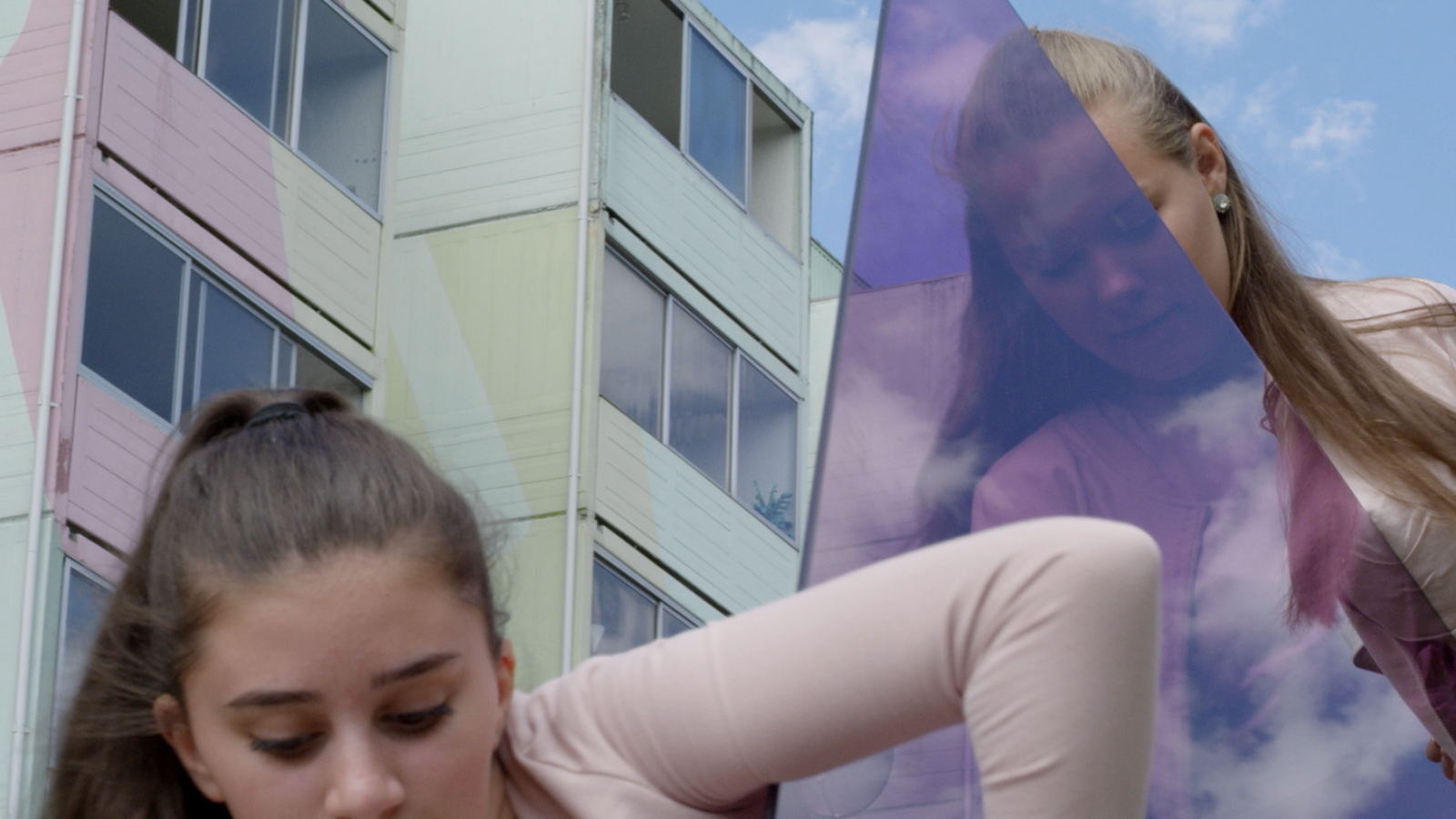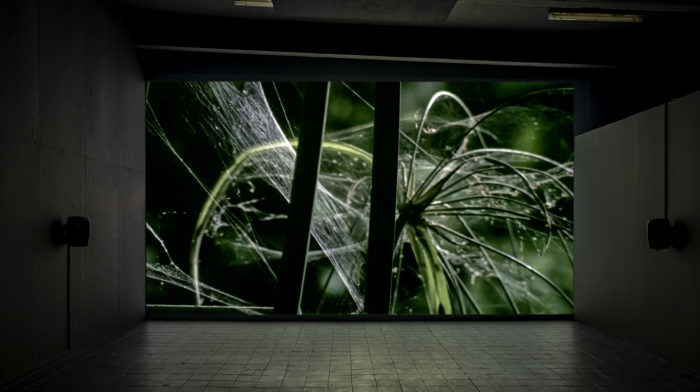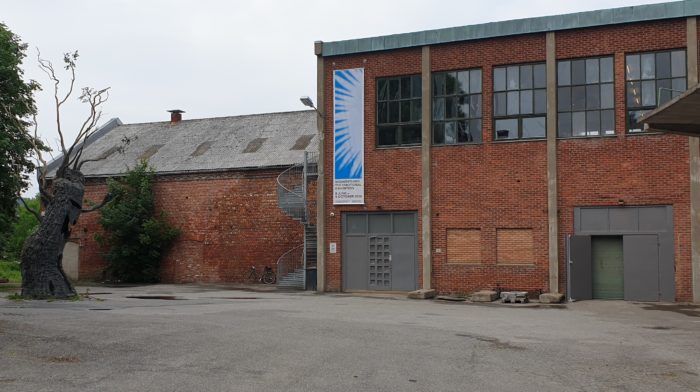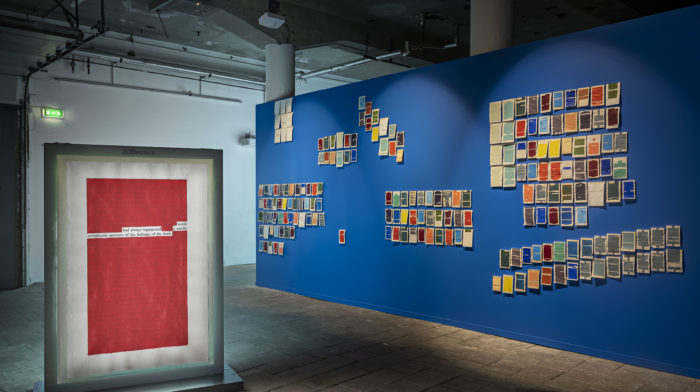Momentum10 welcomes back Swedish artist Johanna Billing for a third time. She first exhibited at Momentum in 2000 and then a second time in 2006. This year, Johanna Billing presents a new film titled In Purple which stems from the activities of Mix Dancers, a group of self-organised women who for 12 years have run a hip-hop/afro and dance group and accompanying dance school called the Mix Dancers Academy for young women and girls. The group is based in Råslätt, a suburb of Jönköping in central Sweden. Råslätt was built around a centre, comprising schools, sports fields, a church and other public services and was part of the ambitious million home public programme of the 60s and 70s. Like many other estates of the time, the majority of outdoor spaces have favoured male activity and presence and a space for dance was never considered within the urban planning.
Today, Mix Dancers are powerful role models of their community who struggle to manage the school on a voluntary basis and provide hundreds of children with dance lessons. In the film, we witness a choreography taking place in which the older members pass on the tradition of running the dance school to a younger group of dancers. They work together to carry large, fragile panes of purple glass that represent their rented, windowless basement and despite the lack of support from politicians or the municipality, they willingly move forward to continue the heavy responsibility of continuing the dance school.

BIOGRAPHY
Johanna Billing (b. 1973, Jönköping, Sweden) has been making video works since 1999 that weave together music, movement and rhythm. Merging the production modes of collective live events and workshops with a cinematic language, Billing in part directs the participants and in part activates a series of improvisations around the notion of performance and the possibility it holds to explore issues of the public and the private as well as the individual in the society as a whole. Billing often addresses political climates and cultural specificities, but more importantly she transforms, through a documentary method, her filmmaking in a fictive space to examine actual and contrived events and how that filmed compression illuminates their overlap. Billing’s films often involve music, which in her hands becomes a tool for communication, memory and reconstruction.






